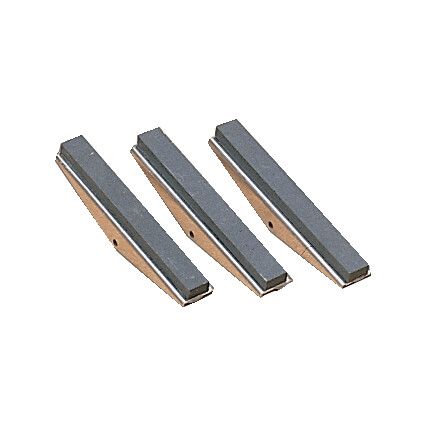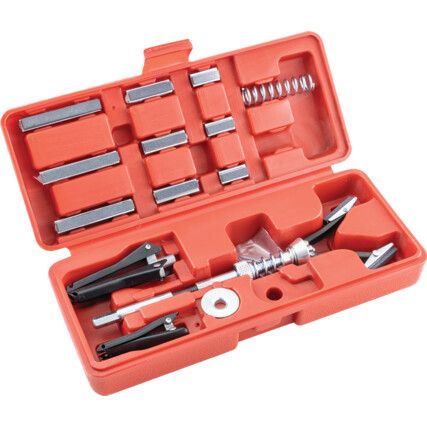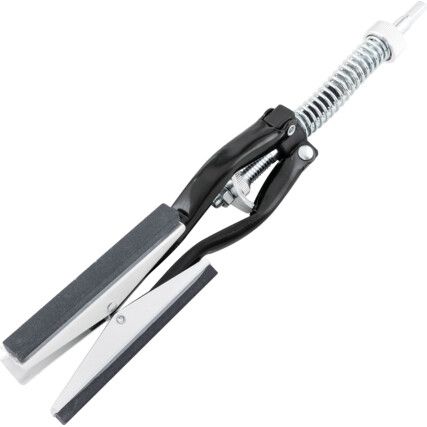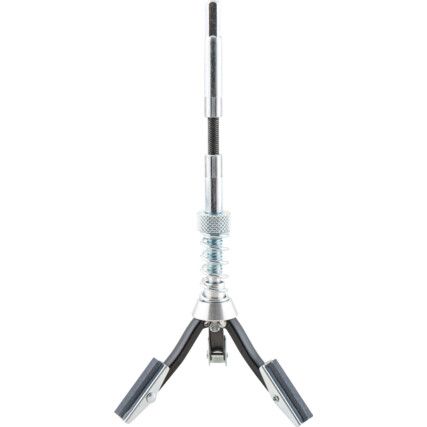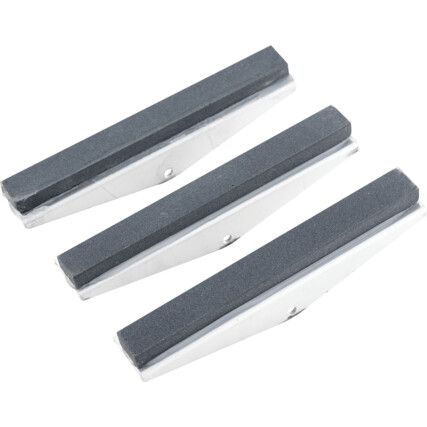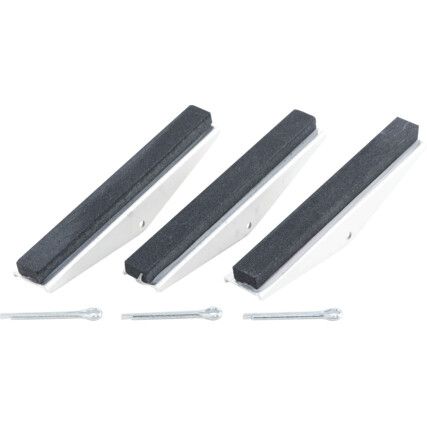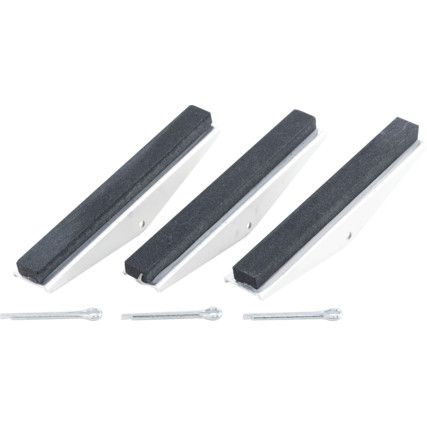Cylinder Head, Honing & Camshaft Tools
Ensure your engines are serviced and running in excellent condition with our range of cylinder head, honing & camshaft tools. Whether you need just the honing stones or an entire set, at Cromwell we have a curated range of cylinder head, honing & camshaft tools to suit all types of engines and cylinder sizes from brands such as Sykes-Pikavant® and our exclusive Kennedy® brand.
What are cylinder head, honing & camshaft tools?
Cylinder head, honing & camshaft tools are a collection of tools which resurface various sections of an engine to ensure optimum performance and longevity. Of these processes, cylinder honing is the most common process to bring an engine back to peak performance as it can allow for an engine to run smoother and more efficiently. Cylinder honing scores the surface of the cylinder wall in a "crosshatch" pattern which allows the walls to retain oil effectively, therefore reducing friction and heat generation within the engine and prolonging the lifespan.
Why use cylinder head, honing & camshaft tools?
As an engine ages, various components start to wear, which can lead to the engine not running at its maximum potential or increasing fuel consumption. Cylinder head, honing & camshaft tools can be used to resurface these components to reduce the impacts of wear, or even reverse the effects entirely. When new piston rings are required for an engine, it is essential to have the cylinder walls honed as the new "crosshatch" will ensure optimum oil retention, allowing for the new piston rings to bed in properly.
When are cylinder head, honing & camshaft tools used?
Cylinder head, honing & camshaft tools should be used when the cylinders or the head of an engine require resurfacing due to wear and tear. The heads and camshafts could wear due to insufficient oil flow or carbon deposits, and the cylinder walls could get wear from the frequent cold or stop-starts, all of which can reduce engine performance and efficiency. When new piston rings are placed within an engine, honing the cylinder is an essential step to ensure correct bedding in.
Cylinder head, honing & camshaft tool types
There are a few different types of cylinder head, honing & camshaft tool which offer different benefits, but still achieve the same results. Below are two of the most popular types of tools to hone cylinders:
• Honing stones - These come in different grit levels and allow the user to optimise how the cylinder will be honed. These are ideal for use within engines as they're not as abrasive as honing brushes, allowing for minimal material loss.
• Honing brushes - These abrasive brushes are flexible and therefore can be used in certain engine cylinders if rated. They can also be attached to a power drill for quick work.
Considerations when choosing cylinder head, honing & camshaft tools
• Grit - This is an important consideration as it determines how much the cylinder hone will cut into the cylinder. Coarser grit will provide coarser results when honing the cylinder wall. Sometimes this may be necessary when there is excessive damage to the cylinder walls.
• Bore size - This should be considered to see if the honing tool will fit in the cylinder and be able to hone the walls. If the cylinder bore is too large, a larger honing tool will be required to ensure the tool will work.
• Hone length - This is a consideration to make to see if the honing tool will be able to hone all the way down the cylinder wall. If the cylinders are particularly tall, a longer honing tool may be required.
• Number of pieces - The number of pieces should be considered if purchasing a kit as it will determine if the tool and the honing stones are provided together.
Cylinder head, honing & camshaft tools jargon buster
What does bedding in mean?
Bedding in, or sometimes knows as breaking-in or seating the piston rings is required when new piston rings are attached to the piston. This action removes microscopic peaks left in the cylinder walls from caused by honing to promote a strong seal between the piston ring and the cylinder wall and ensure proper lubrication is maintained.
FAQs
When is cylinder honing needed
Cylinder honing is needed to when the factory honing marks are no longer visible. This check is usually done during periods where the engine is disassembled, as this would give a clear view of the cylinder walls. As the honing process allows for oil to retain on the cylinder wall, it is crucial to get it done to ensure the longevity of the engine.
How much can you hone out if a cylinder
Honing cylinders is a task that requires minimal material removal and should be completed quickly. Due to this, a cylinder should only require a few passes to achieve the crosshatch pattern for effective oil retention. Taking out too much material may cause issues with the piston rings contacting the cylinder walls and reduce engine efficiency, so it should be left to a professional if possible.

